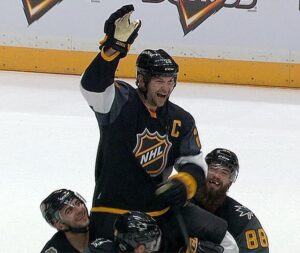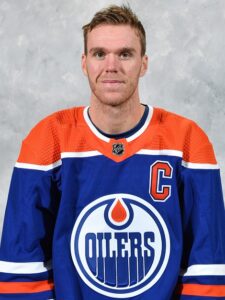An NHL Franchise In Quebec City Remains A Fantasy
An NHL Franchise In Quebec City Remains A Fantasy
Shortly after the 2023 NHL Trade Deadline, ESPN’s Jon Buccigross and Kevin Weekes made cryptic tweets raising speculation the 32-team league could expand into Houston and return to Atlanta.
NHL deputy commissioner Bill Daly subsequently denied that the league had plans afoot for further expansion. He claimed it wasn’t a priority but didn’t rule out entertaining offers from groups that had interest, including those in Houston and Atlanta.
That prompted The Hockey News’ Adam Proteau to wonder if Quebec City would ever get an NHL franchise before Houston or Atlanta. While acknowledging Houston and Atlanta have the advantage in terms of market size, Proteau made the case for Quebec City to have a second chance at getting a team, citing its modern, publicly funded, 18,000-seat arena and deeply ingrained hockey culture.
Proteau acknowledged Quebec City’s market would be the league’s smallest with its population of 550,000 while the metro population of 800,000 would be the second-smallest. However, he also pointed out the Arizona Coyotes’ ongoing arena woes that have them skating in a 4,600-seat college arena while awaiting approval to construct a new venue in Tempe.
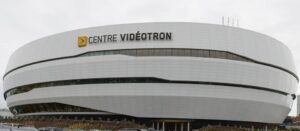
Centre Videotron in Quebec City (NHL.com).
He also pointed out that Quebec City, like the Winnipeg Jets, already has a built-in, ready-to-go fan base that would have little difficulty filling their building. He dismissed concerns over the language issue by pointing out that Quebec City worked fine before as an NHL city while Montreal has no issues as a bilingual hockey city.
Those are worthwhile arguments in Quebec City’s favor. It would certainly be more deserving than Atlanta, which has already failed twice as an NHL city thanks to the mismanagement of those previous franchises.
Sadly, however, those arguments will likely continue to fall on deaf ears at NHL headquarters. The league wants to continue expanding in the larger, lucrative US markets at the expense of smaller, hockey-mad Canadian cities.
It’s why Quebec City was passed over in favor of Las Vegas and Seattle. It’s why it will be passed over if a group in Houston is willing to pony up what’s likely to be a $1 billion expansion fee. It’s why there’s actually talk of a third attempt to establish an NHL presence in Atlanta. It’s why Kansas City and Portland stand a better chance at landing a franchise if someone with deep pockets wants to put an NHL club in either city.
It’s all about which markets can generate the most revenue, and Quebec City comes up short against Houston, Atlanta, Kansas City and Portland.
Getting an expansion team is a pipe dream for Quebec City. Their best hope for landing an NHL franchise is if an existing one is forced to relocate to a new city.
The Winnipeg Jets were resurrected in 2011 because the NHL needed a new location quickly when no one could be found to purchase the struggling Thrashers and keep them in Atlanta. Winnipeg’s True North Sports and Entertainment were the only viable alternative at the time.
The Arizona Coyotes could become a relocation candidate if their current owner fails to get approval for their Tempe arena project. With no other viable arena options, the franchise would have to be moved despite the NHL’s best efforts to keep it in Arizona.
Houston would be the most likely destination if the NHL finally waives the white flag on Arizona. Failing that, it would be Atlanta, Kansas City or Portland. Only if no suitable potential ownership group can be found in those cities would Quebec City get its chance.
The odds of that happening, however, seem quite long. As long as the NHL remains enamored of expanding into non-traditional hockey markets in its ongoing quest to “grow the game,” a natural hockey market like Quebec City will remain on the outside looking in.

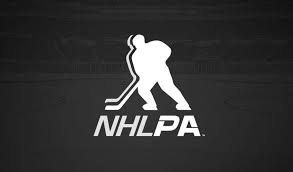 Perhaps Walsh will surprise us and mobilize the players for a more robust bout of negotiations when the current collective bargaining agreement (CBA) expires at the end of the 2025-26 season. However, I concur with Proteau’s take that this is unlikely to happen.
Perhaps Walsh will surprise us and mobilize the players for a more robust bout of negotiations when the current collective bargaining agreement (CBA) expires at the end of the 2025-26 season. However, I concur with Proteau’s take that this is unlikely to happen. 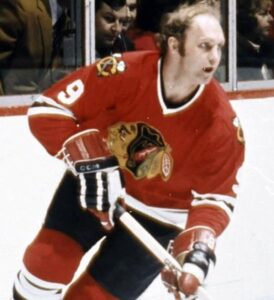
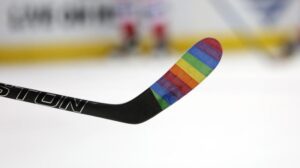 This is what happens when human rights bump against freedom of religion and the right to one’s opinion. It is a complex issue that evokes strong words that too often are based on tribalism rather than serious discussion or debate.
This is what happens when human rights bump against freedom of religion and the right to one’s opinion. It is a complex issue that evokes strong words that too often are based on tribalism rather than serious discussion or debate.